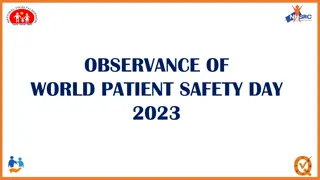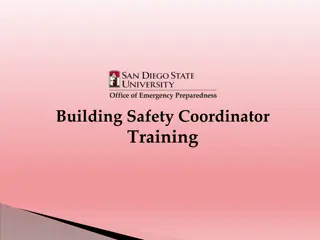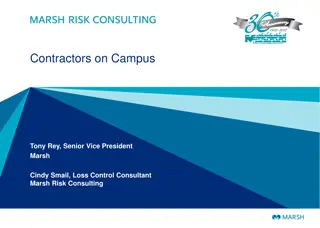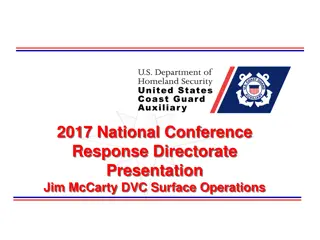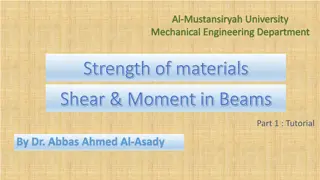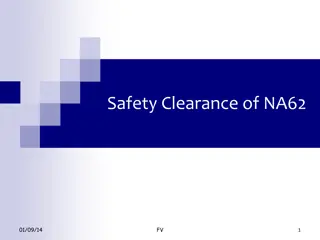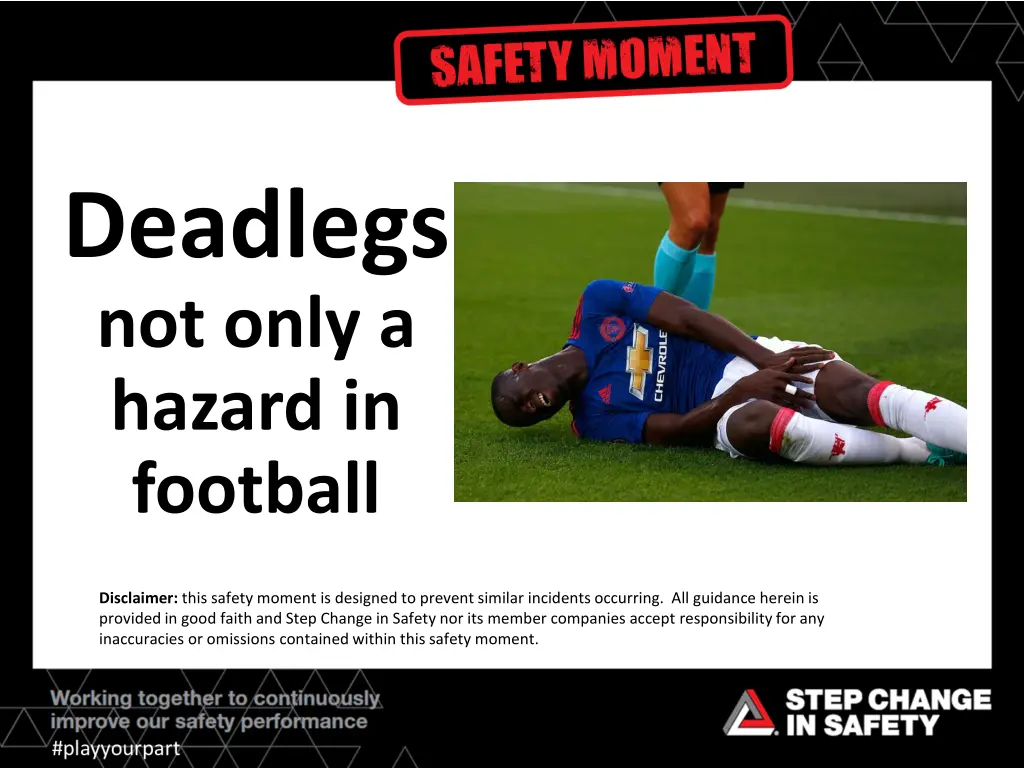
Preventing Hydrocarbon Releases in Process Plants
Learn about the potential causes of hydrocarbon releases in process plants, such as small bore tubing connections, mechanical joints, and corrosion. Discover how operational deadlegs can lead to rapid corrosion and best practices for managing and preventing these hazards in your plant.
Download Presentation

Please find below an Image/Link to download the presentation.
The content on the website is provided AS IS for your information and personal use only. It may not be sold, licensed, or shared on other websites without obtaining consent from the author. If you encounter any issues during the download, it is possible that the publisher has removed the file from their server.
You are allowed to download the files provided on this website for personal or commercial use, subject to the condition that they are used lawfully. All files are the property of their respective owners.
The content on the website is provided AS IS for your information and personal use only. It may not be sold, licensed, or shared on other websites without obtaining consent from the author.
E N D
Presentation Transcript
Deadlegs not only a hazard in football Disclaimer: this safety moment is designed to prevent similar incidents occurring. All guidance herein is provided in good faith and Step Change in Safety nor its member companies accept responsibility for any inaccuracies or omissions contained within this safety moment.
A hydrocarbon leak occurred in a processing module and gas detectors went into alarm. An operator was sent to the module to investigate. He quickly became aware of the smell of gas and notified the CRO. The duty CRO immediately shutdown the plant What could be the causes of this hydrocarbon release? Do these issues exist on your plant?
Potential causes of hydrocarbon releases Small bore tubing connections Flexible hose assemblies Mechanical joints Corrosion Vibration/fatigue Over-pressurisations Failure to inspect / maintain Failure to recognise and manage change
Deadlegs Deadlegs Lessons learned In this instance, the plant was made safe. An oil leak was traced to a diameter hole at the lower end of a pipework elbow. The line was rarely used and had been left stagnant with liquid creating a deadleg corrosion trap. Deadlegs can result in rapid corrosion and can arise as a result of: design errors the effects of normal operations a change in designed operating mode plant changes How are deadlegs recognised and managed on your process plant?
Deadlegs Deadlegs Good Practice Be aware of the potential for operational deadlegs Operations and maintenance Be aware of changes to process plant operation. Identify periods of significant stagnant operation in process lines with potentially corrosive fluids. Ensure integrity personnel are consulted on Operational Risk Assessments (ORA) and Management of Change affecting the way pressure systems equipment is operated. Integrity Engineers Ensure risk-based inspection and integrity assessments account for threats of operational deadlegs and critical inspections are performed Consider review of material selection for known problem areas Ensure corrosion risk assessments and chemical management strategy are reviewed periodically
Deadlegs Deadlegs Which of the 7Cs are involved in this safety alert? Change management Communication Complacency Control of work Competence Culture Commitment Did this presentation result in discussion that could lead to creating another alert to share with industry? Please contact : info@stepchangeinsafety.net
Deadlegs Deadlegs Help and Advice: Energy Institute Guidance for corrosion management in oil and gas production and processing provides good insight into the hazards of deadlegs, how they can be avoided and managed C:\Users\ian.wright3\Desktop\HCR%20Toolkit.png Step Change in Safety Asset Integrity Toolkit Step Change in Safety Guidance on Hydrocarbon Release Reduction Plans Step Change in Safety Joined-up Thinking Communication pack Energy Institute Corrosion Threats Handbook






